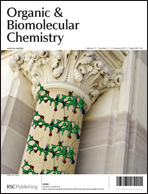Veronique Gouverneur is professor of chemistry at the University of Oxford, UK. She investigates fluorine chemistry and is working on developing novel synthetic methodologies for the preparation of fluorinated targets. The OBC team have been fortunate enough to work with Veronique for the past 6 years in her role on our Editorial Board, from which she has recently retired, and as such we are very pleased to bring you this interview with her.
What inspired you to be a scientist?
I’ve always been interested in science. My love for chemistry was perhaps related to my dad’s career. He was an engineer and secured a PhD in theoretical chemistry, but after a few years as an academic, he changed his career path to become a diplomat. He worked for the United Nations Educational, Scientific and Cultural Organization (UNESCO), but was still involved in the science area. That was probably an inspiration to me as I was familiar with chemistry at home.
I found science easier at school than any other subject, but I did hesitate between chemistry and maths; I was so clumsy that I thought chemistry was perhaps not the best way forward. But chemistry was what I enjoyed the most and what I wanted to do. Chemistry is all about creativity and, as such, is somehow related to art: you create a molecule (useful or not!) and can endow it with a function. It’s a unique dimension to one particular subject.












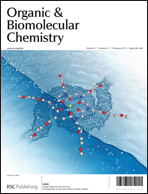
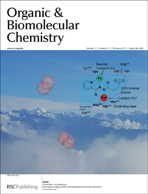


![Rich_med_tcm18-153780[1]](https://blogs.rsc.org/ob/files/2013/01/Rich_med_tcm18-1537801.jpg)
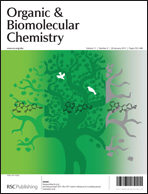
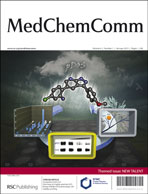
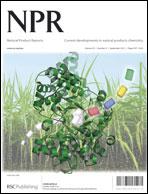

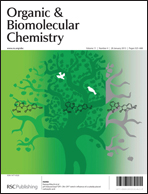
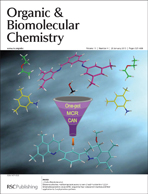


-429---NS_tcm18-221955.jpg)
